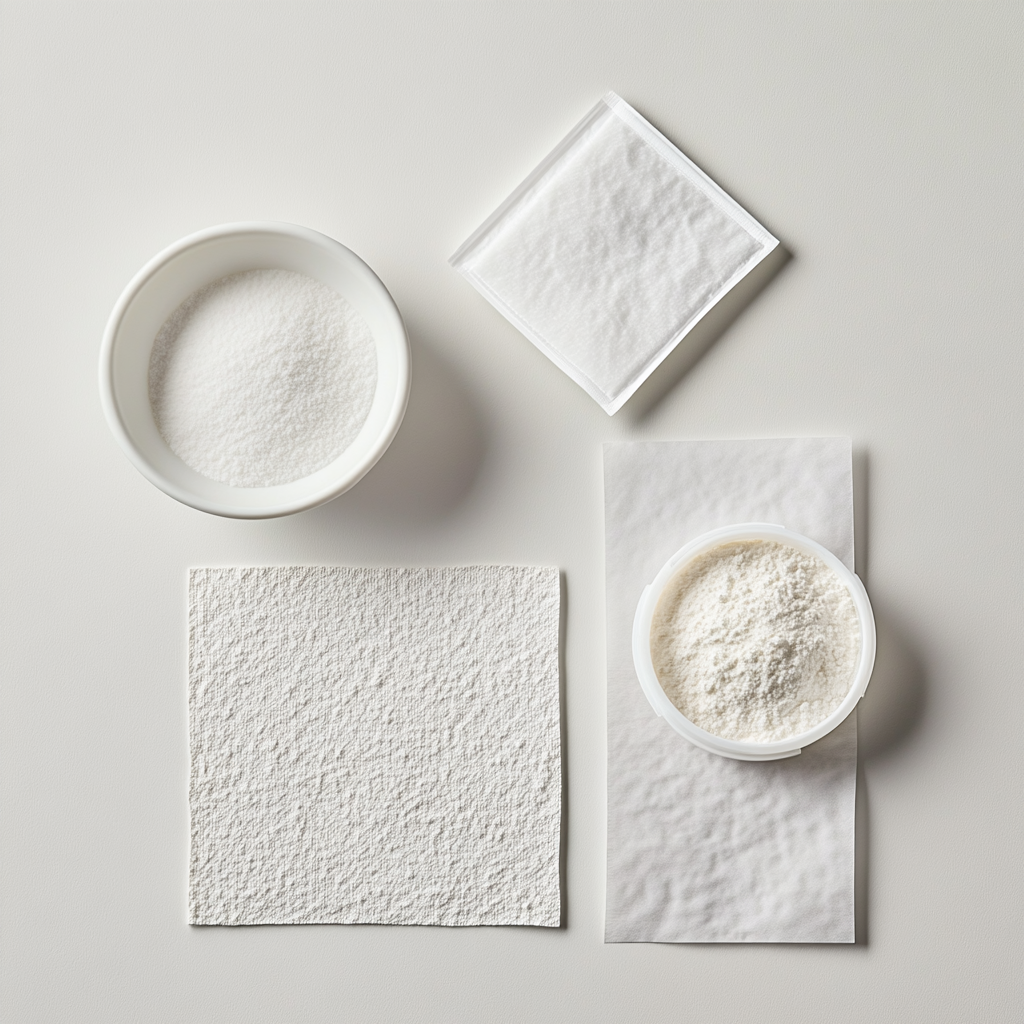wound caresurgical dressingscollagenmedical innovation
Collagen Surgical Dressings
MedFlow Clinical Team

Discover how collagen surgical dressings are revolutionizing wound care with improved healing times, reduced scarring, and better patient outcomes.
Share this article
Related Articles
Collagen Surgical Dressings
Discover how collagen surgical dressings are revolutionizing wound care with improved healing times, reduced scarring, and better patient outcomes.
Types of Collagen Surgical Dressings
A comprehensive comparison of collagen dressing types including sheets, gels, and powders - their properties, applications, and benefits for different wound scenarios.
